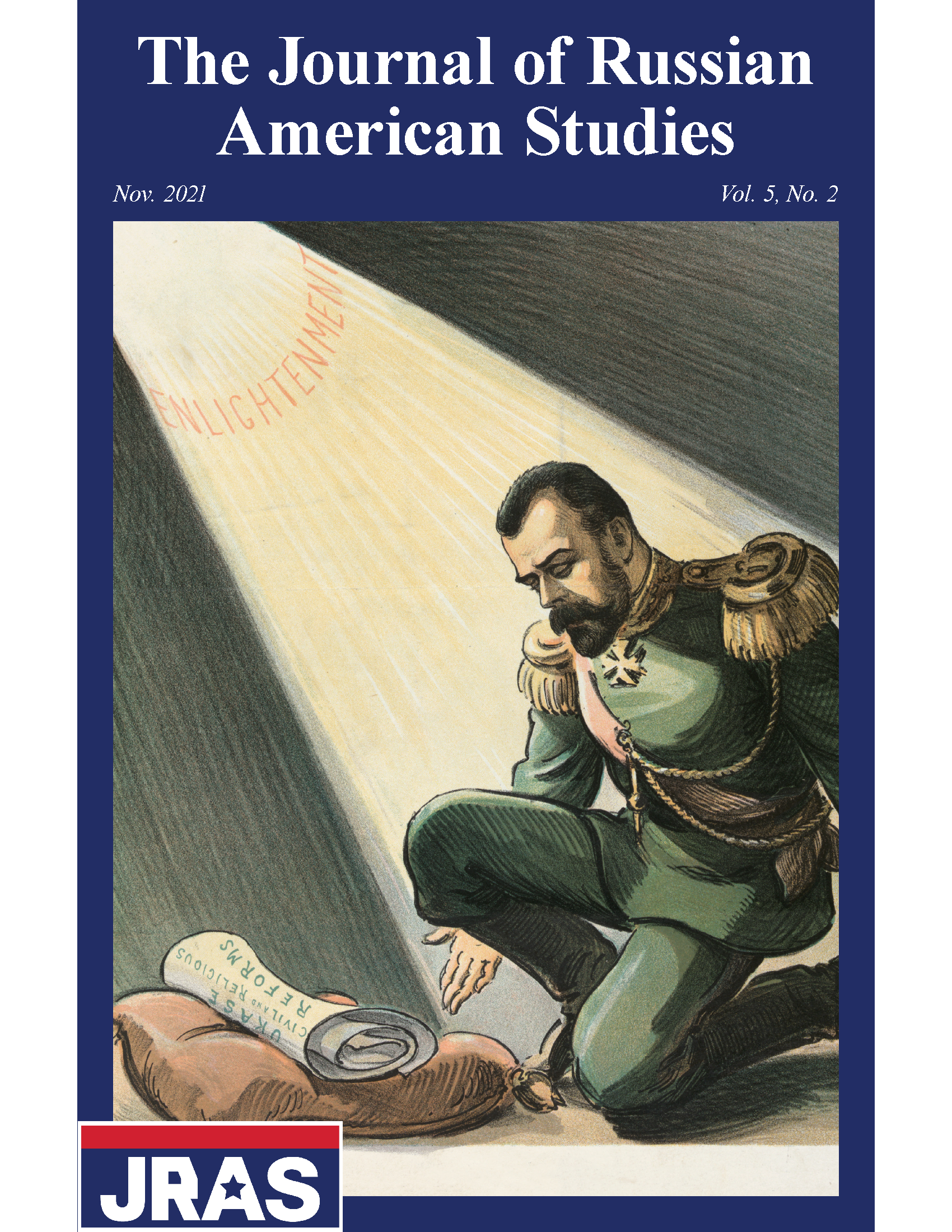Androgynous Coupling and the Engineering of Peace: A Cold-War Romance in Space
DOI:
https://doi.org/10.17161/jras.v5i2.16029Abstract
This article delves into the technopolitics of the Apollo-Soyuz Test Project, a groundbreaking collaboration between American and Soviet space engineers in 1975. The mission's objective was to design a docking system that would integrate the two superpower space systems, Apollo and Soyuz, thereby reducing tensions and promoting peace during the Cold War era. The engineers' task went beyond mere technical innovation, as they sought to create a technological fix that would bridge the ideological divide between the two nations and avert Mutual Assured Destruction. This study examines the success of the docking design in both technical and political terms, exploring whether the mission achieved its broader goal of fostering détente and promoting peaceful superpower relations. By analyzing the intersection of technology, politics, and diplomacy, this research sheds light on the complex dynamics of Cold-War era international relations and the role of engineering in shaping global politics.
Downloads
Published
Issue
Section
License
Copyright (c) 2021 Andrew Jenks

This work is licensed under a Creative Commons Attribution-NonCommercial 4.0 International License.
Copyrights are held by the authors. Articles in the Journal of Russian American Studies are licensed under a Creative Commons Attribution-NonCommercial 4.0 International License.



